Do you love white-sand beaches? Then give this unusual yachting destination a try. An island empire warmed by a subtropical sun, full of photogenic beaches, mangrove jungle and monuments to ancient Ryukyu kings.
Few locations can compete with the number and beauty of Okinawa’s beaches, so come and check them out!
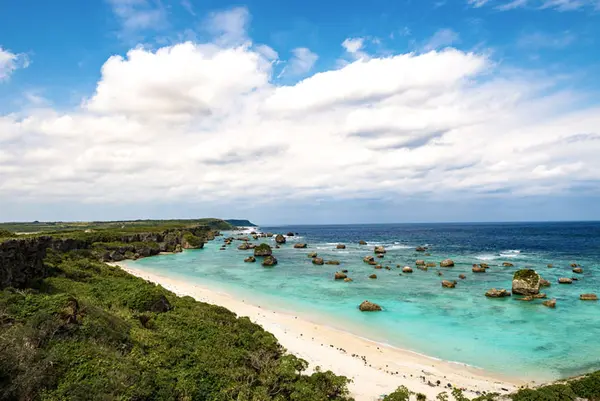
Where is the Okinawa archipelago?
The Okinawa archipelago (meaning “rope in the open sea”) is a long chain of islands. It lies in the Pacific Ocean between the 4th main island of Japan and Taiwan and is comprised of 49 inhabited and 111 uninhabited islands.
It’s the most southerly prefecture in the Land of the Rising Sun and it has a rich and turbulent history. After the islands broke free from the yoke of China, they were a major target for the US fleet in World War II.
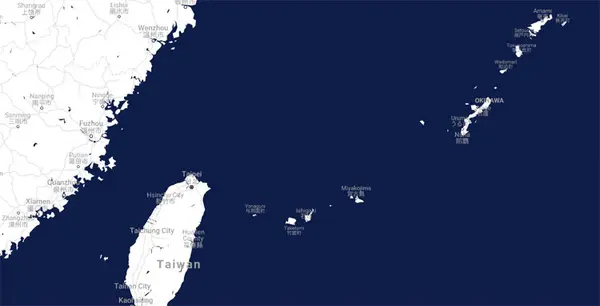
Where should you set sail from on your Japanese sailing holiday?
It’s best to rent your boat for your trip around Japan and the Okinawa archipelago in Naha, the capital city of the island of Okinawa.
When should you sail around Okinawa?
The islands lie in the subtropics and the temperature in winter rarely goes below 15 °C. An ideal time for sailing is from May to October. Rainy season lasts until mid-June. It’s warm and humid here most of the year and short showers are common.
Most beautiful places along the Japanese coast
The Okinawa islands are often compared to Hawaii and are without a doubt a true holiday paradise. Not just because of their turquoise sea and snow-white beaches, but also their coral reefs, which are a refuge for many types of endangered fish and a wide variety of crustaceans, plants and sharks.
If you include the delicious cuisine, relaxed atmosphere and ancient monuments then you’ve got this year’s yachting season sensation.
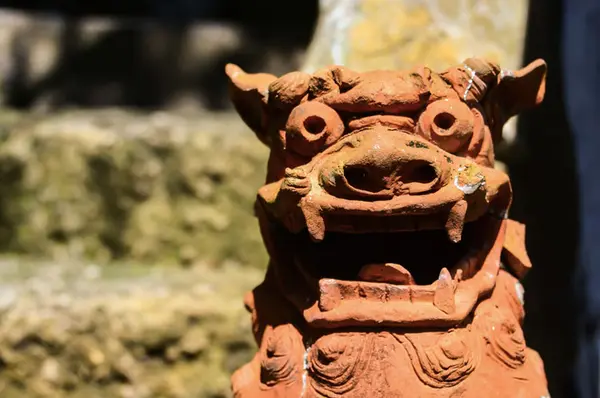
Nagannu Island
An ideal first stop on your cruise is Nagannu Island, as it’s a short trip from Naha, Okinawa’s capital city. Nagannu is famous for its enchanting sandy beaches and crystal-clear turquoise waters. It’s perfect for snorkelling and relaxation.
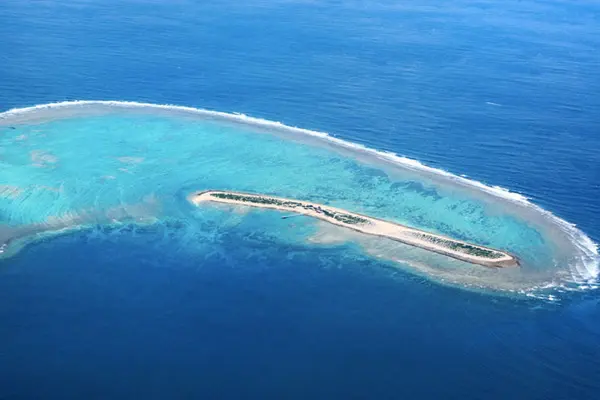
Zamami Island
Zamami is the place with the greatest ocean visibility and a well-kept secret amongst local scuba divers. You can look forward to seeing turtles, for example, which you can spot easily even when snorkelling and beautiful coral. Zamami is part of the Kerama Islands and you’ll find the most beautiful beaches here.
A wonderful surprise even awaits you at night. The incredible night sky full of stars will captivate even the most unromantic of souls.
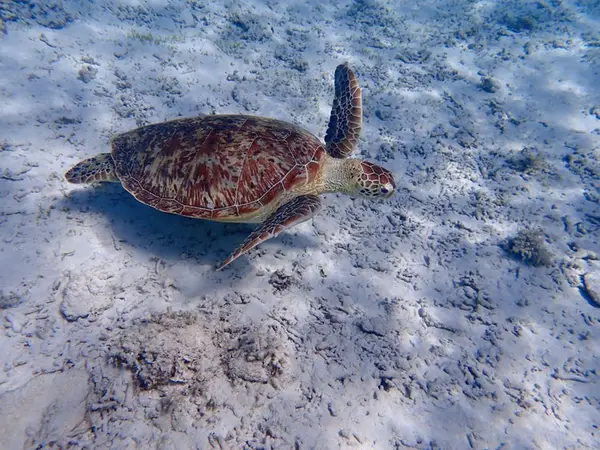
Kumejima Island
One of the most beautiful islands of the Okinawa archipelago is Kumejima (Kume). It’s well-known for its silk cloth, Kumejima-tsumugi, which is actually designated an ‘Intangible Cultural Property’ by the Japanese government.
Make sure you visit the Uegusuku Castle ruins which formed the main island fortifications. All that remains now are a few small stone walls, but its position on a hill still affords an exquisite panoramic view of the island. Entry is free.
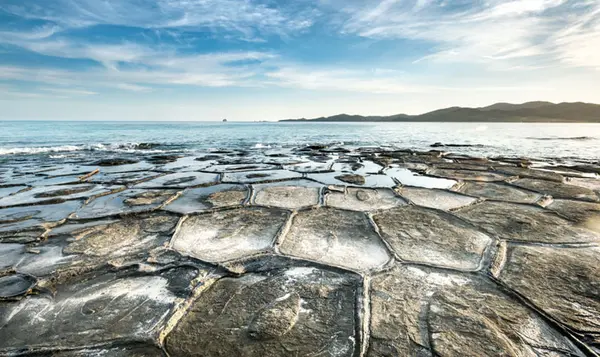
The Tatami Ishi rock formations found on a small island connected to Kumejima by a bridge are also worthy of consideration. It’s also close to a sea turtle museum and thermal springs.
Another remarkable phenomenon can be seen on the north coast, when low tide reveals a lagoon which is home to tropical fish.
Aguni Island
Aguni Island is located about 60 km north-west of the city of Naha. The island looks very dramatic. The coastline is formed from chalk-white walls of volcanic rock and is a reminder of the island’s volcanic origins. The cliffs gradually descend right up to the east coast, where you can enjoy sandy beaches surrounded by coral reefs.
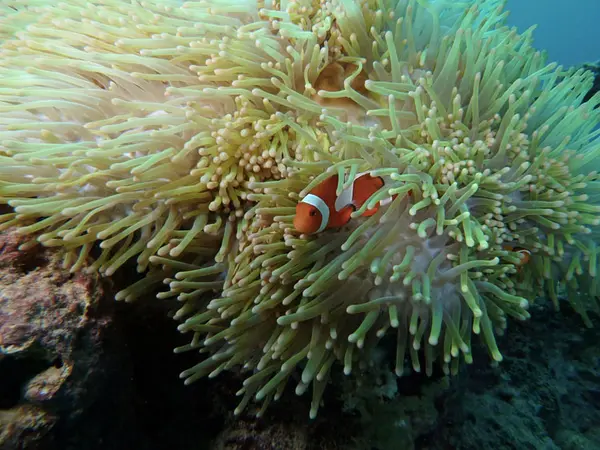
The local "Aguni salt" made in the north of the island is also famous. You can also spot more than 220 species of wild bird here.
Okinawa Island and the city of Naha
Head into the city of Naha in Okinawa Island on your last day and enjoy a different kind of Japan on dry land. From Shurijo Castle you’ll have the whole city at your feet. The first seat of the Ryukyu Kingdom is a UNESCO world heritage site. Some of the outdoor areas of the sprawling castle are free to enter.

History aficionados shouldn’t miss the Peace Memorial Park in the south of the island, which marks Okinawa’s wartime history. An eternal flame burns in the park and you’ll find plenty of monuments and memorials to the victims of World War II, as well as a museum.
When in the south of the island also head to the island’s biggest attraction - the world-famous Okinawa World. The spectacular cave and especially the park of poisonous Okinawan snakes are a big draw for tourists.
Finally, be sure to explore Makishi Public Market in Naha, where you’ll be charmed by the traditional, lively and easy-going atmosphere.
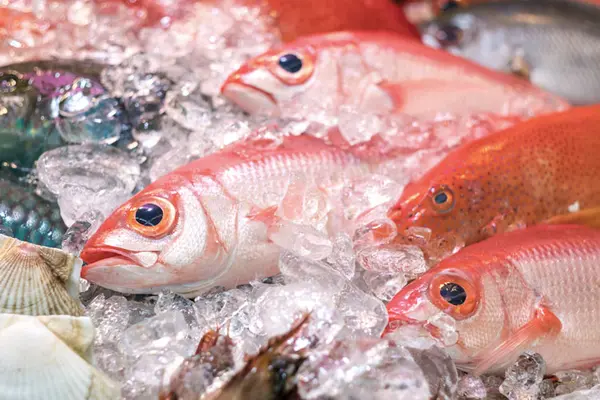
While exploring the island, you can try and uncover the secret which has fascinated people across the globe: why are there more centenarians here than anywhere else in the world? You’d also easily put the local ninety-year-olds at least 30 years younger.
Good things to remember on your trip to Japan
- Check visa and passport validity requirements before you travel.
- Local currency is Japanese yen. Payment cards are accepted in most places and you can find ATMs in the airport and across the island (it’s a good idea to check in advance if you can use your card). It’s recommended to also have cash on you, as small restaurants and shops don’t take cards.
- Pack sun cream. The sun here can really burn.
- Japanese people are typically extremely polite and courteous. If you plan on giving anyone a gift or even just a business card, then it’s customary to offer it with both hands.
- Take a dictionary with basic Japanese phrases, as not everyone speaks English.
- In Japanese restaurants it’s customary to remove your shoes and sit on the floor. Eating with chopsticks is also a given. Unlike in many other countries, leaving tips is not necessary.
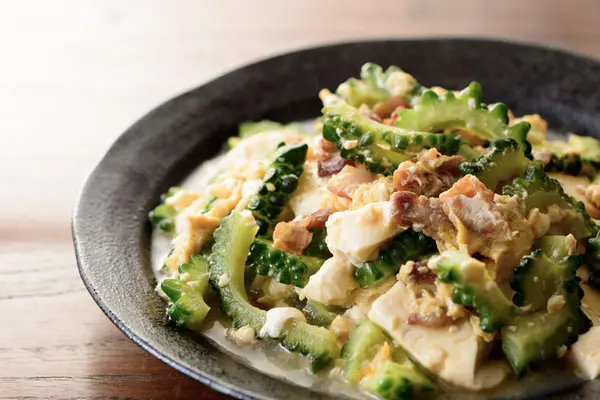
Do you want to try a completely novel and unconventional destination? Are you tempted by easy-going Japan with its crystal-clear water and white-sand beaches? E-mail us! We’d be happy to send you details of sailing opportunities in the Okinawa archipelago.
